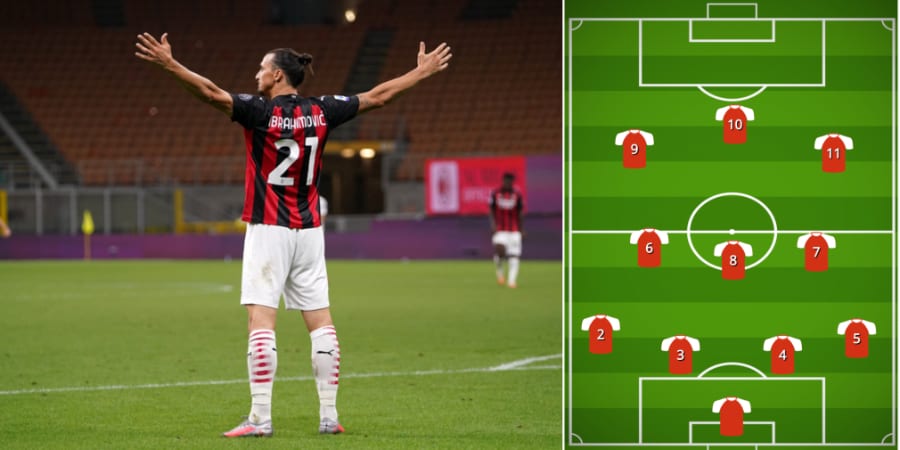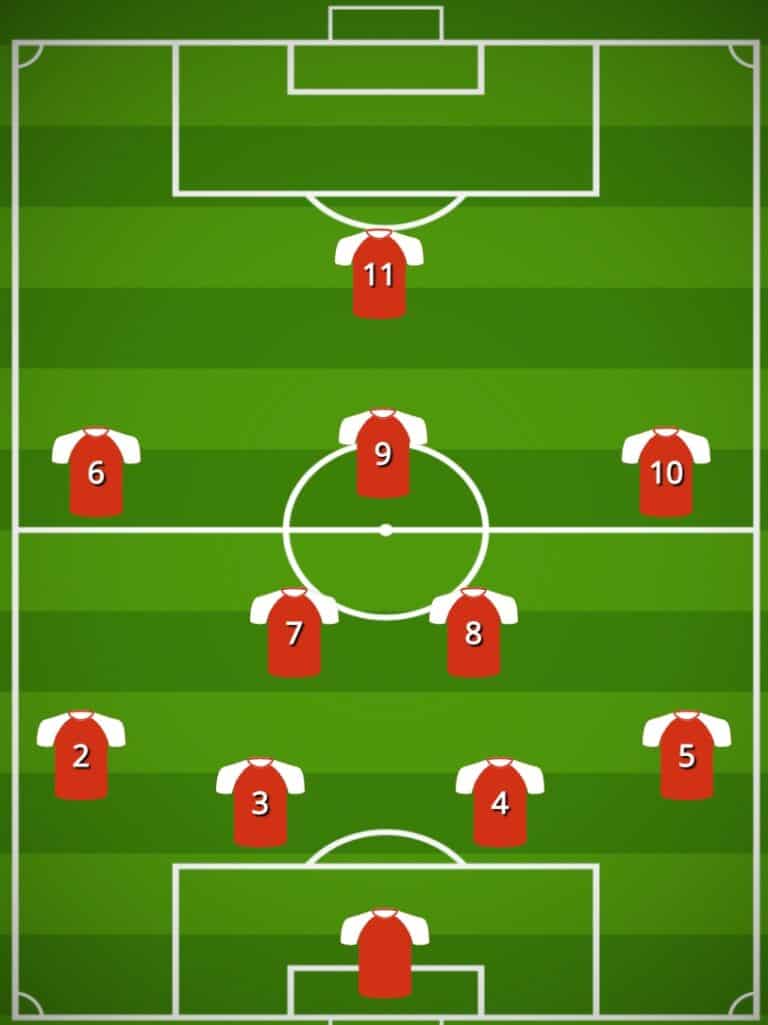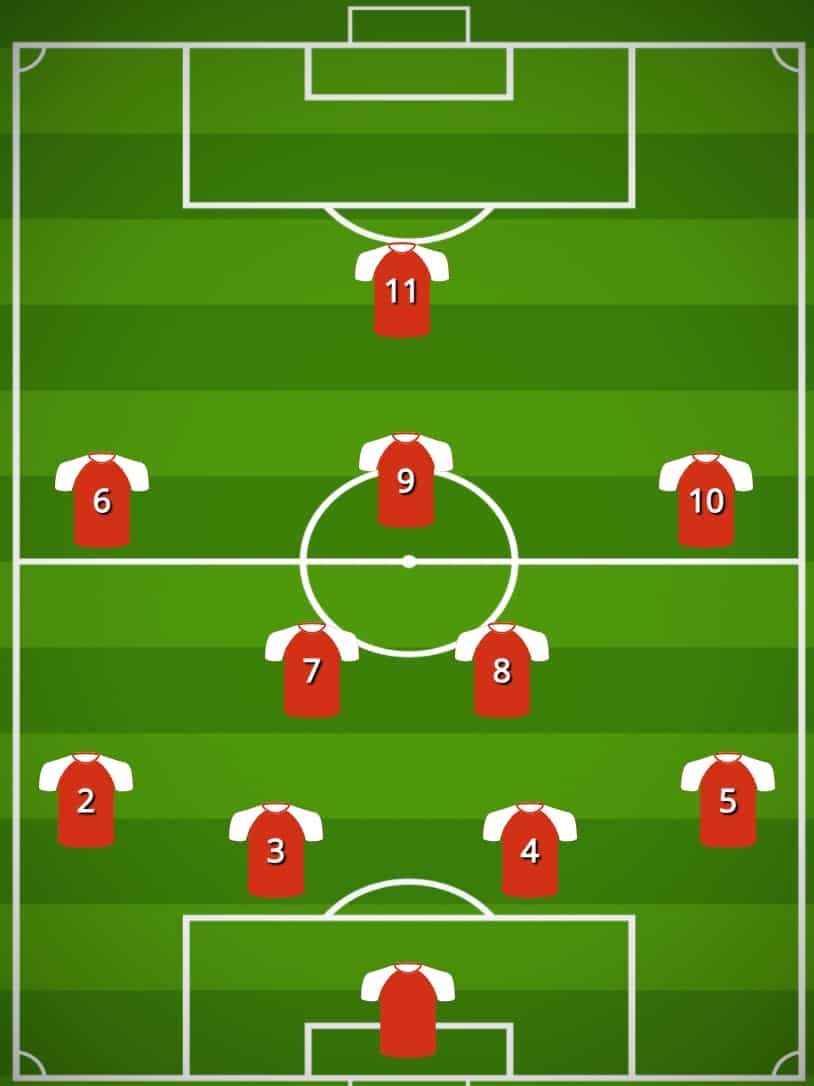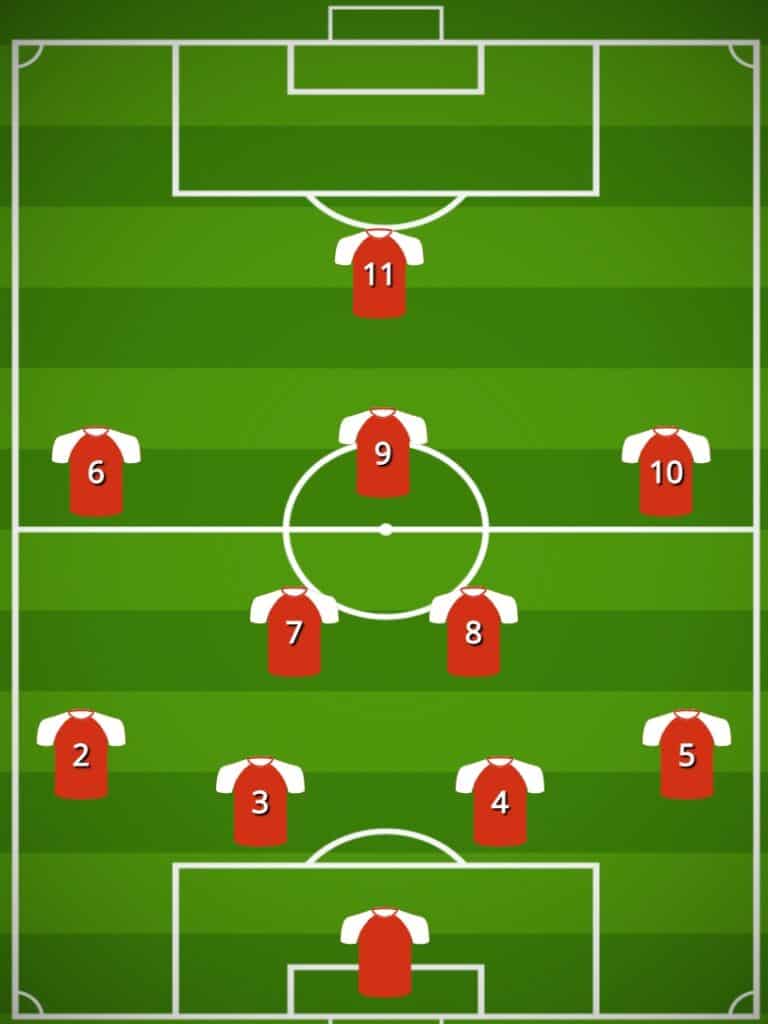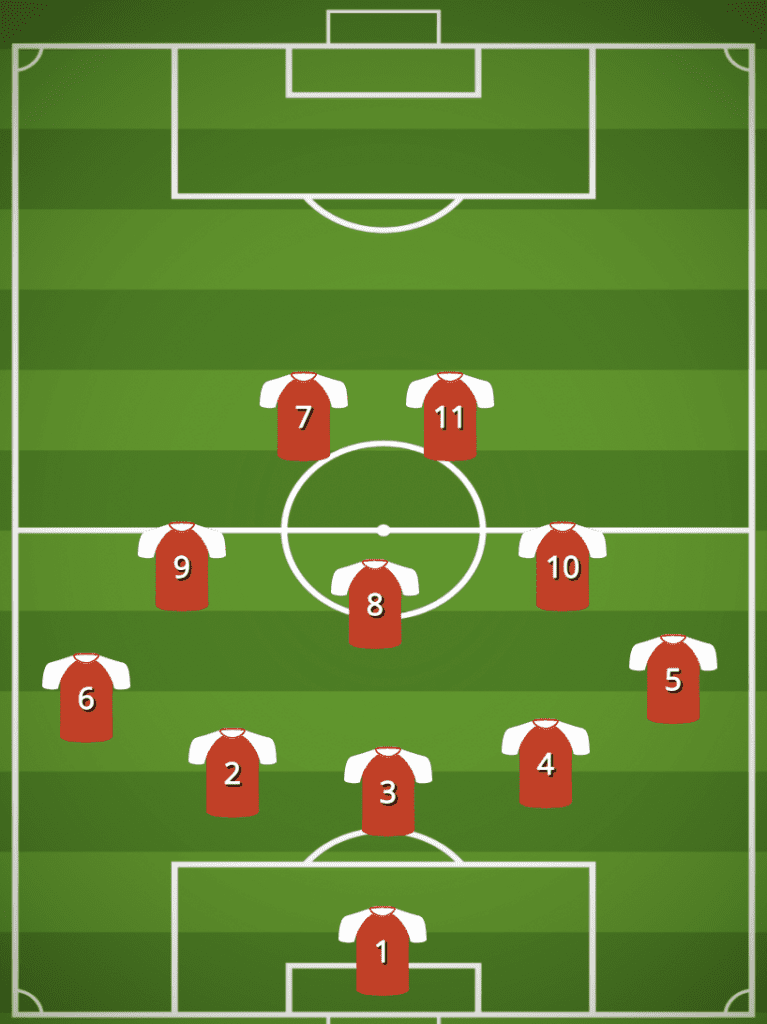The 4-3-3 formation is widely regarded as one of the most successful and versatile formations in modern soccer. It has been proven effective by top teams like Liverpool, Manchester City, and even national teams like Spain and Italy. This formation offers great attacking threat and maximizes the team’s ability to operate in different zones. However, there are ways to counter this formation and gain an advantage on the field. In this article, we will explore the four best formations to use against the 4-3-3.
Bạn đang xem: Best Formations to Counter the 4-3-3 Formation
1. 4-2-3-1 Formation
The 4-2-3-1 formation is an excellent choice to counter the 4-3-3 formation. With two defensive midfielders marking the attacking wingers, it becomes challenging for the 4-3-3 team to maintain their shape and discipline. This formation also offers an overload in the attack with two wingers and an attacking midfielder supporting the lone striker. It forces the 4-3-3 central midfielders to either drop deep or risk leaving their defense vulnerable. By playing long balls past the opponent’s wingers, the high press of the 4-3-3 can be neutralized.
Pros
- Effective defensive cover provided by two defensive midfielders.
- The attacking threat of the 4-2-3-1 can match the 4-3-3 formation.
- Long balls can bypass the high press of the 4-3-3.
Cons
- Unmarked wingers or inside forwards can still cause problems.
- Requires a team with high concentration and technical skills.
- Central midfield can become isolated, leading to being overrun.
2. 5-3-2 Formation
The 5-3-2 formation is another effective choice against the 4-3-3 formation. With a three-person central defense and two defensive wing-backs, it provides a compact defensive screen against the attacking wingers of the 4-3-3. The wing-backs play a crucial role in this formation, ensuring they maintain their positions and track back when necessary. The three-person central midfield adds extra defensive coverage and also supports the attack when the team wins the ball back. The two strikers in the 5-3-2 formation must apply pressure on the opponent’s defense, disrupting their build-up play.
Pros
- Provides a strong defensive structure.
- Wingbacks counter the attacking threat of the 4-3-3.
- Offers a solid attacking threat.
- Additional protection with the three midfielders dropping back.
Cons
- Requires the right players and good teamwork.
- Players may fall back too far, leaving the center-backs exposed.
- The strikers can become isolated if the wingbacks don’t provide width.
3. 4-3-3 Formation
Sometimes, the best way to counter the 4-3-3 formation is to use the same formation. By employing the 4-3-3 yourself, you level the playing field and rely on the skill and tactical awareness of your players. Both teams will have similar attacking threats and high pressing capabilities. The team that can pass the ball cleanly, maintain a high press, and counter-attack effectively will have the advantage. However, it’s also possible for the teams to nullify each other, resulting in a stalemate.
Pros
- Matching the opponent’s formation can be an effective strategy.
- Skill and player quality become crucial.
- Tactically flexible and offensive formation.
Cons
- Teams of equal strength can cancel each other out.
- Failure to press high can lead to being overwhelmed.
- Requires practice and teamwork to execute effectively.
4. 4-5-1 Formation
The 4-5-1 formation can overload the midfield and disrupt the passing lanes of the 4-3-3 formation. By crowding the midfield with five midfielders, it becomes difficult for the 4-3-3 team to find easy passing options. The five midfielders can regain possession and launch counterattacks. The lone striker in the 4-5-1 formation needs support from the wide midfielders when the team wins possession. The key to success lies in closing off the vertical channels and preventing the 4-3-3 formation from utilizing its strengths.
Pros
- Suitable for teams with less technical skills.
- Ideal for hard-working teams.
- Offers defensive and offensive stability.
- Can disrupt the opponent’s rhythm and launch quick counterattacks.
Cons
- Failure to close down opponents quickly can lead to defeat.
- The lone striker can become isolated without support.
- The midfield can become overcrowded, resulting in a less exciting game.
Conclusion
In the end, it’s the players on the field who win soccer matches, not formations. While the 4-3-3 formation is incredibly effective, teams can find ways to counter its strengths. The formations mentioned above aim to disrupt the 4-3-3 formation and limit its effectiveness. Teams that work hard, have good teamwork, and take their chances can emerge victorious. Remember, the formation is merely a tool, and it’s the players’ skills and determination that make the difference. With the right strategy and execution, any formation can be successful.
FAQs
Q: Can any team employ the 4-3-3 formation to achieve success?
A: The 4-3-3 formation requires tactically astute and technically proficient players to be effective. It has been used by top teams with world-class players who possess the skills and understanding of the game to make it work.
Q: How important is it to close off the vertical channels against the 4-3-3 formation?
A: Closing off the vertical channels is crucial when facing the 4-3-3 formation. By doing so, teams can limit the passing options and disrupt the opponent’s attacking strengths, especially the inside forwards.
Q: Can matching the opponent’s formation be a viable strategy?
A: Matching the opponent’s formation can be an effective strategy, especially if your team has confidence in their own abilities. It becomes a battle of skill and execution, with the team that performs better coming out on top.
Q: Are there any formations that are universally successful?
A: There is no one-size-fits-all formation that guarantees success. Different formations work best depending on the team’s strengths, tactics, and the skills of the players. It’s essential to find the right formation that complements the team’s style of play.
Nguồn: https://movin993.com
Danh mục: Tin tức

